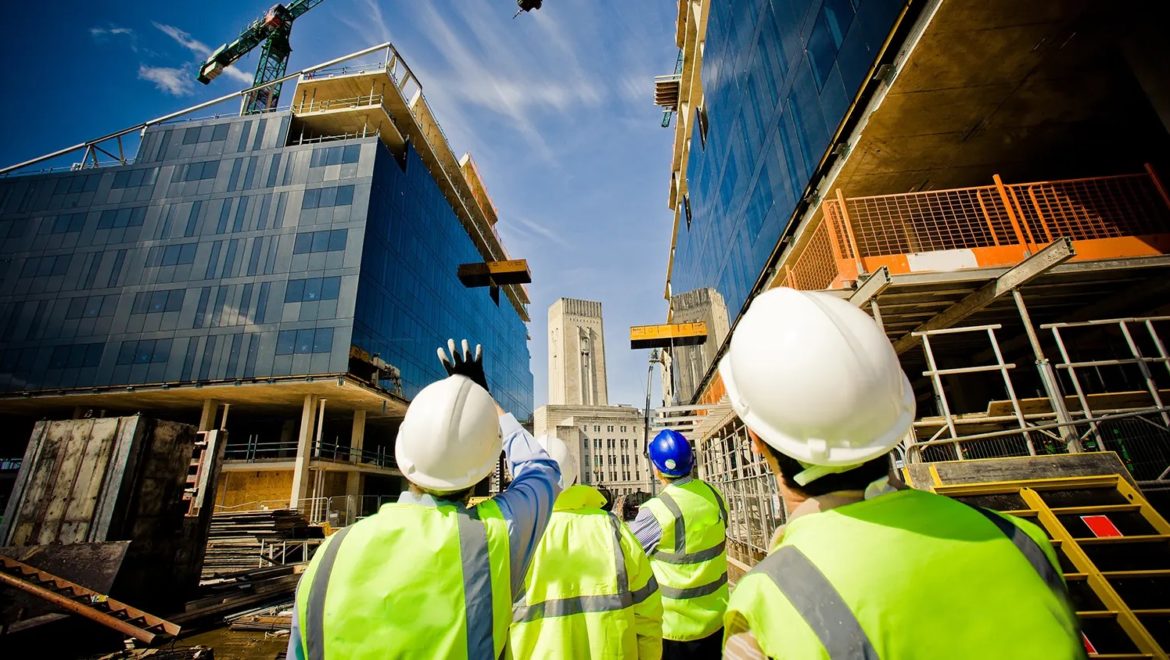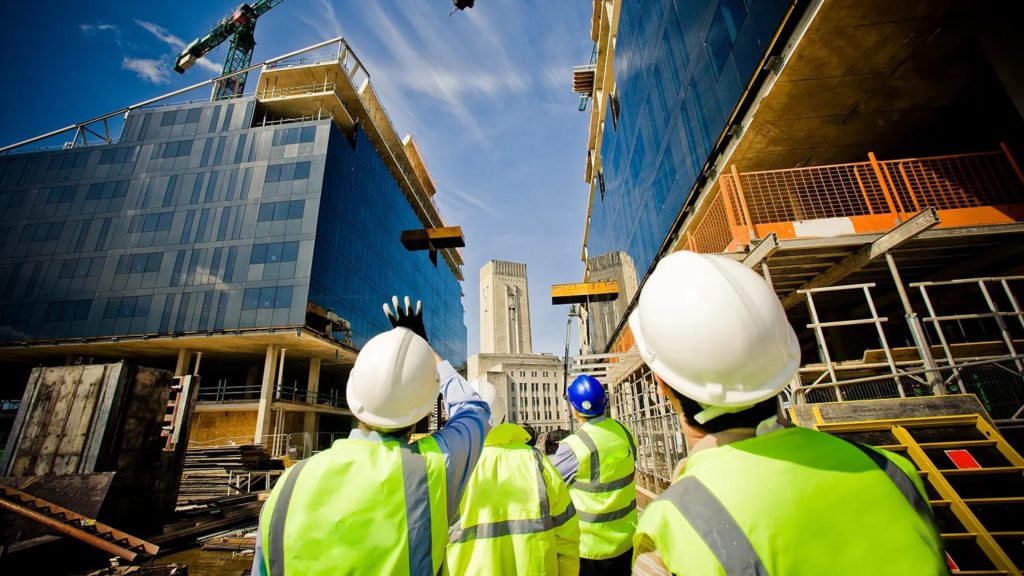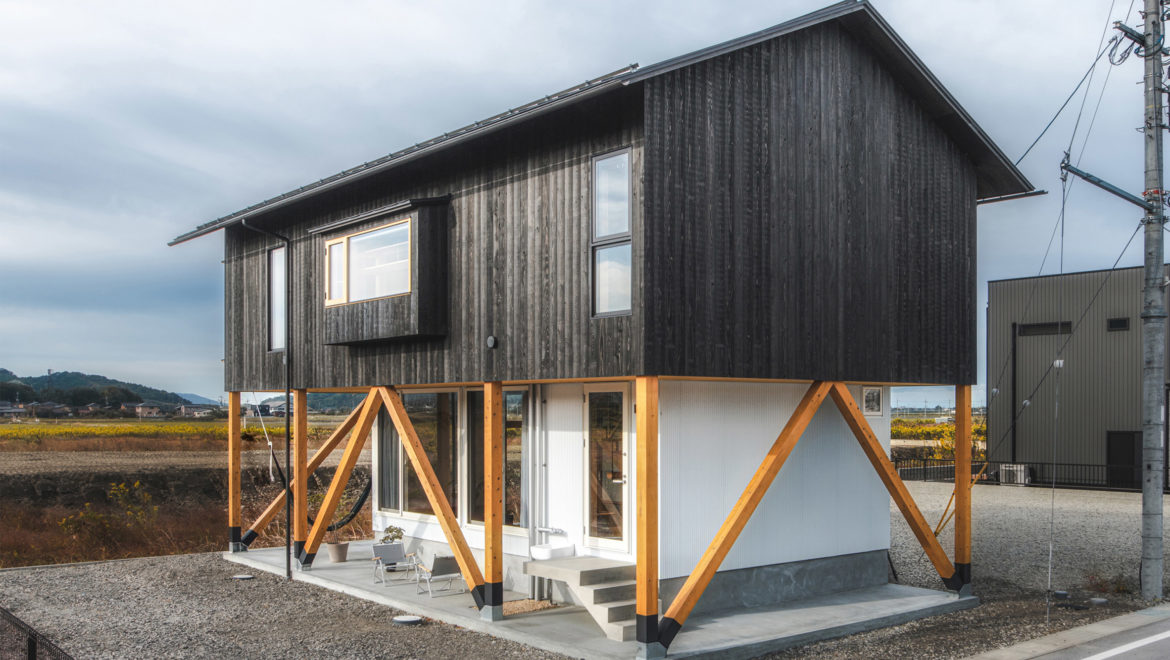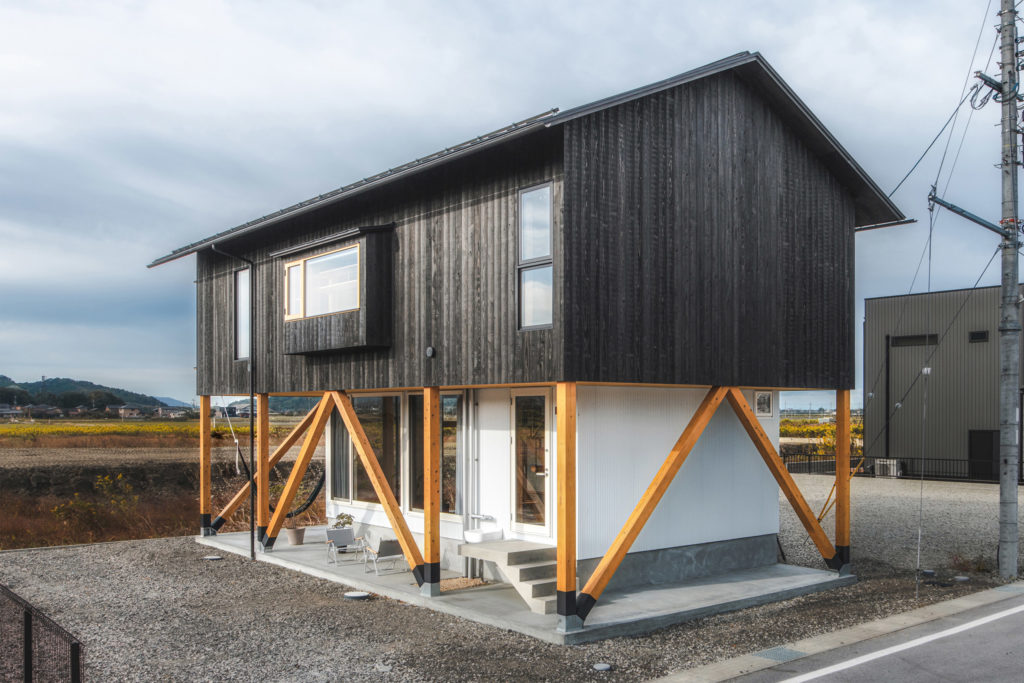Navigating Tomorrow: Future Trends in UK Planning Permission
In the ever-evolving landscape of real estate and property development, staying abreast of changing planning laws is crucial for property owners and developers alike. The United Kingdom’s planning permission process has witnessed numerous transformations over the years. And it’s prudent to anticipate future trends that could reshape the way projects are conceived and executed. In this blog, we will speculate on potential changes in UK planning laws and their potential impact on property owners and developers.
Embracing Sustainability:
One of the most significant future trends in UK planning permission is likely to revolve around sustainability. As the world grapples with the consequences of climate change, there is a growing emphasis on eco-friendly and sustainable development. Future planning laws may incorporate stricter regulations regarding energy efficiency, waste reduction, and green spaces. Developers might be incentivized to incorporate renewable energy sources and sustainable materials into their projects. Ushering in a new era of environmentally conscious urban planning.
Technology Integration:
Advancements in technology are reshaping every industry, and urban planning is no exception. Future planning laws in the UK may see a greater integration of technology. Such as, the use of artificial intelligence for assessing environmental impact and traffic patterns. Digital tools could streamline the planning process, making it more efficient and transparent. Property owners and developers may need to invest in technology to comply with new requirements and expedite the planning permission process.
Community Engagement and Collaboration:
The importance of community input in planning decisions is likely to grow in the future. Planning laws may require more extensive community engagement, allowing residents to have a greater say in local developments. Developers may need to navigate a more collaborative approach, incorporating community feedback into their proposals. This shift could lead to more inclusive and community-centric urban planning, fostering a sense of shared responsibility and pride among residents.
Flexible Land Use Policies:
As societal needs evolve, future planning laws might introduce more flexible land use policies. The COVID-19 pandemic has accelerated trends such as remote working, prompting a reevaluation of how spaces are utilized. Planning permission may become more adaptable to changing demands, with provisions for mixed-use developments and repurposing existing structures. Property owners and developers should anticipate a more dynamic planning environment that accommodates the evolving needs of communities.
Affordable Housing Initiatives:
The pressing issue of housing affordability is unlikely to fade away, and future planning laws may place a greater emphasis on affordable housing initiatives. Developers could face stricter requirements to allocate a percentage of their projects to affordable housing or contribute to local housing funds. This shift aims to address the housing crisis and ensure that development benefits a broader spectrum of the population.
Conclusion:
Anticipating future trends in UK planning permission is crucial for property owners and developers seeking long-term success. Embracing sustainability, integrating technology, fostering community engagement, promoting flexible land use, and addressing affordable housing needs are likely to be key aspects of future planning laws. By staying informed and adapting to these potential changes, stakeholders in the real estate industry can navigate the evolving landscape and contribute to the creation of more resilient, sustainable, and inclusive communities.





















